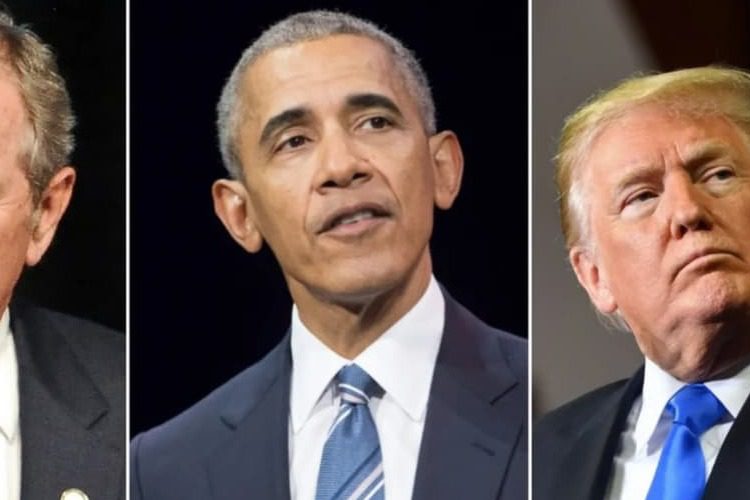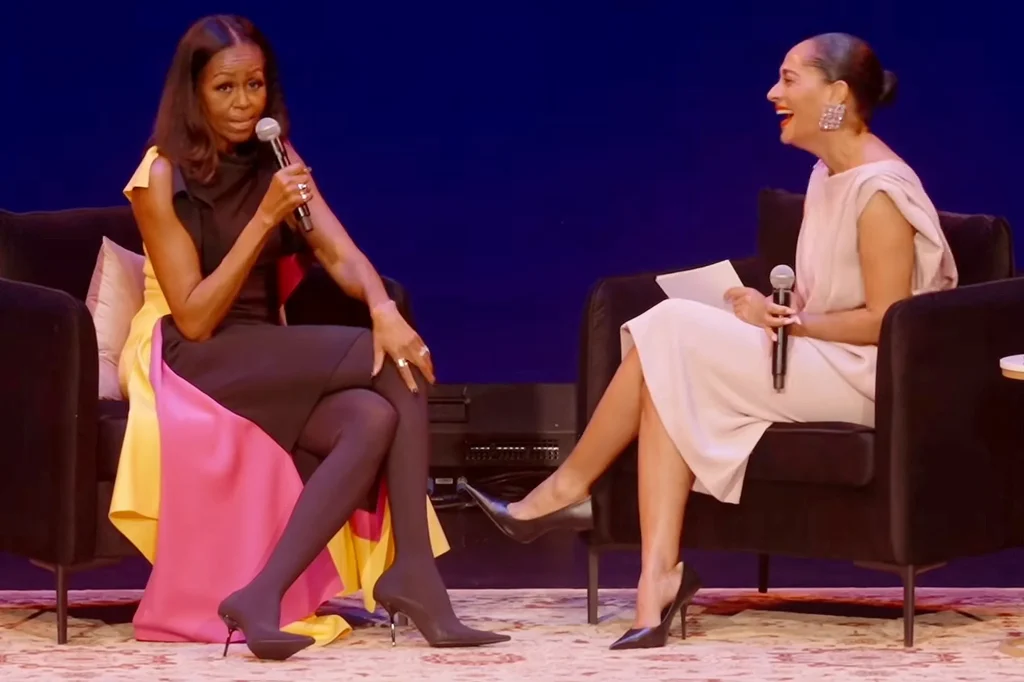Exclusive: Amid Skyrocketing Costs and SNAP Cut Fears, Desperate Foodies Queue for Hours in Freezing Temps
The chill wind whipped through the narrow streets of TriBeCa like a reminder of winter’s unyielding approach, but on that crisp Friday morning of November 14, 2025, it couldn’t dampen the electric hum of anticipation snaking down Greenwich Street. There, huddled under wool coats and beanies pulled low against the 28-degree bite, stood a line of New Yorkers that stretched a full city block—hundreds strong, from bleary-eyed influencers snapping dawn selfies to harried professionals clutching thermos mugs like lifelines. They weren’t waiting for concert tickets or a celebrity sighting; no, this was the grand unveiling of Meadow Lane, the gourmet grocery dreamed up by 28-year-old TikTok wunderkind Sammy Nussdorf, a place where organic chicken nuggets fetch $15 a pop and a bottle of olive oil from ancient groves commands $65. As the clock ticked toward the 11 a.m. opening, the crowd shifted restlessly, sharing stories of sleepless nights glued to Nussdorf’s viral build-out videos, their breaths fogging the air like collective sighs of surrender to the city’s insatiable hunger for the next big thing. In a metropolis groaning under the weight of an affordability crisis—rents spiking 8 percent year-over-year, SNAP benefits slashed by 5 percent in the wake of federal budget trims, and whispers of Zohran Mamdani’s fresh mayoral mandate promising “equity audits” on luxury developments—this scene unfolded like a defiant feast, a momentary escape where indulgence trumped the gnawing pinch of everyday bills.
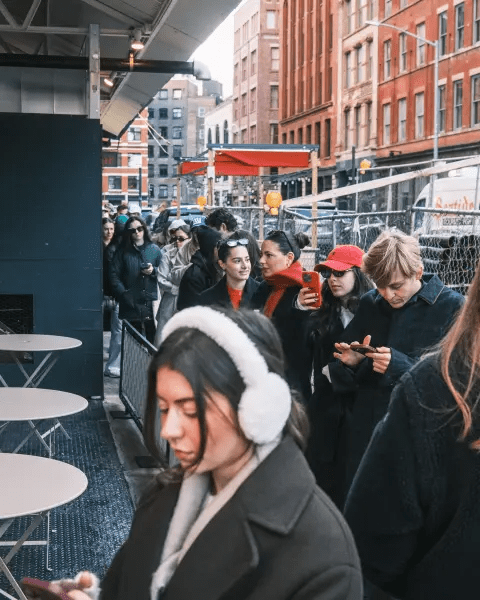
At the front of the fray was Isabella Newnam, a 26-year-old graphic designer from the Lower East Side, her cheeks flushed not just from the cold but from the thrill of what lay ahead. She’d arrived at 5 a.m., staking her claim with a folding chair borrowed from her tiny studio apartment, trading texts with friends back home in Ohio who couldn’t fathom the spectacle. “We love food, and we spend money on it,” Isabella said later, her voice a mix of exhilaration and quiet justification as she emerged triumphant, arms laden with canvas totes bulging from her haul. For her, the $21 Chinese chicken salad and $14 blue Masa tortilla chips weren’t extravagances; they were investments in joy, a counterpoint to the $2,800 rent that devoured half her paycheck. “If you want to do something, you do it big,” she added, unwrapping a $10 clamshell of Driscoll’s blackberries on a nearby bench, their jewel-like sheen a stark contrast to the bodega versions she usually grabbed for a fraction of the price. Isabella’s story echoed through the line like a refrain—young professionals, artists, and wellness enthusiasts, many in their twenties and thirties, who viewed Meadow Lane not as a store but as a sanctuary, a place where the act of choosing felt like rebellion against the grind that defined their days.
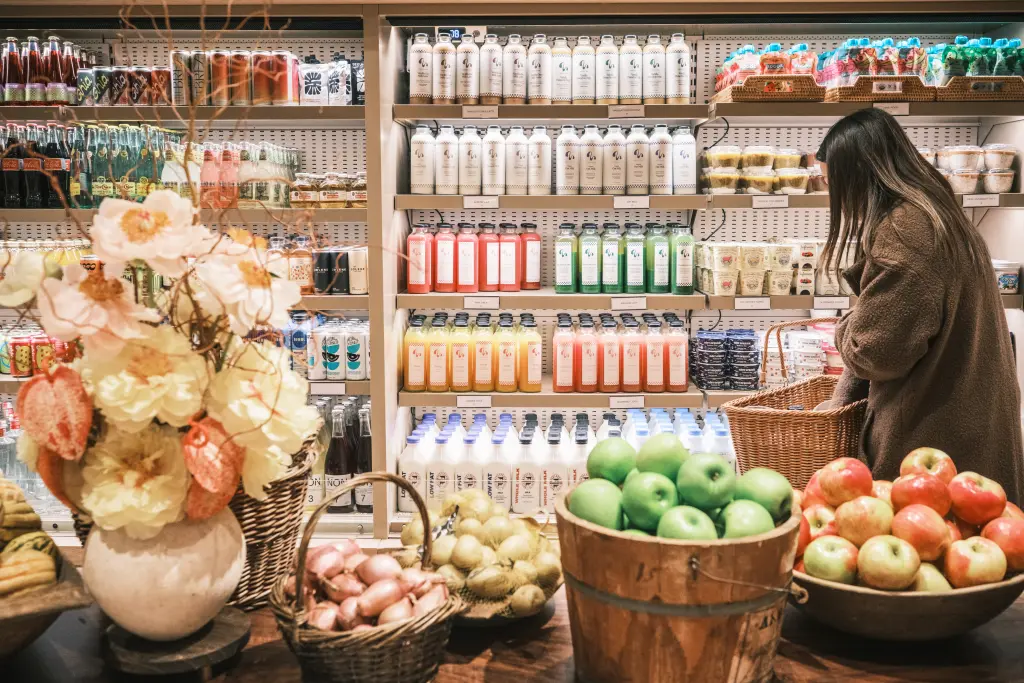
Sammy Nussdorf, the soft-spoken architect of this edible utopia, watched from inside the gleaming storefront, his boyish face breaking into a grin that belied the whirlwind of the past year. A lifelong Manhattanite raised on the Upper West Side, Nussdorf had catapulted to online fame through a simple equation: raw ambition plus relentless content creation. It started innocently enough—a casual TikTok scroll in 2023 that unearthed the void left by Dean & DeLuca’s shuttering, that once-iconic emporium of urbane snacking shuttered amid the pandemic’s economic fallout. “I missed that energy,” Nussdorf confided to a Post reporter amid the morning rush, his sleeves rolled up as he taste-tested a fresh batch of $16 bone broth simmering in the open kitchen. “New York deserved something fresh, something that felt like home but elevated—like walking into a Nancy Meyers movie.” By early 2024, his videos chronicling the gut renovation of the 355 Greenwich Street space had amassed millions of views: clips of Nussdorf perched on ladders, debating caviar suppliers over cold brew, or unboxing shipments of $74 Montauk General matcha powder with the wide-eyed wonder of a kid in a candy factory. Followers dubbed him the “Willy Wonka of Meadow Lane,” and the hype snowballed, turning a modest 4,000-square-foot footprint into the most anticipated grocery debut since Erewhon stormed Los Angeles with its $20 smoothies and celebrity smoothie collabs. Nussdorf, ever the democratizer, insisted his vision transcended the elite. “It really is for everyone,” he said, gesturing to the $4 coffee bar where baristas frothed oat milk lattes with ceremonial precision. Pastries hovered around the same mark, a deliberate nod to accessibility amid the opulence. Yet, as the doors swung open at precisely 11 a.m., it was clear the draw lay in the dazzle—the artfully stacked pyramids of $12 grape bunches, the chilled cases of $24 miso salmon bowls shimmering under soft lighting, the whisper of exclusivity that made even the $10 Maldon sea salt flakes feel like a steal.

The interior unfolded like a love letter to aspirational living: warm oak shelves groaning under vases of peonies, marble counters veined like whispered secrets, and produce displays where heirloom tomatoes nestled beside bundles of microgreens as if curated for an Instagram mood board. Grab-and-go reigned supreme—pre-packaged soups in earthy ceramic bowls, vibrant salads tossed with forbidden rice, fresh juices pressed that morning from $15 watermelons that reviewers found surprisingly underwhelming next to their bodega benchmarks. The chicken nuggets, though, those $15 organic morsels, emerged as the undisputed stars: golden-crusted bites of free-range perfection, crispy on the outside with a tenderness that evoked childhood comforts reimagined for the clean-eating crowd. “They’re worth every penny,” gushed Sydney Savage, a 22-year-old content creator from Brooklyn who’d dropped over $260 on a cart that included the nuggets, a $10 turkey chili she deemed “hearty and flawless,” and those tortilla chips she rated a “10/10” for their addictive crunch. Sydney’s splurge, culled from fewer than two dozen items, spoke volumes about the store’s siren call: quality as currency, where a $14 salmon sandwich might pale in flavor tests but shine in the halo of the experience—the velvet ropes at entry, the doormen handing out branded beanies like golden tickets, the faint jazz humming from hidden speakers that turned shopping into symphony.

As the afternoon wore on, the line showed no signs of thinning, weaving past construction scaffolds and into the shadow of the World Trade Center, a tableau of urban endurance that mirrored New York’s deeper fault lines. Joy Papazian, a 22-year-old student from Chelsea, shivered in her puffer jacket, admitting the wait had numbed her toes but not her resolve. “In New York City, the price of regular things is crazy,” she said, ticking off the litany on her fingers—even milk had jumped 12 percent since summer, per city comptroller reports. “The cost of everything has gone up.” Joy’s basket, when she finally crossed the threshold, brimmed with $21 salads and $15 lattes, choices she framed as small acts of self-care in a city where therapy sessions averaged $200 an hour. Nearby, Brittany Blum, 24, a yoga instructor from the West Village, nodded in agreement, her haul featuring that priciest of indulgences: a $65 bottle of extra virgin olive oil pressed from 150-year-old Italian trees, its emerald hue promising drizzles over $14 avocado toasts that could sustain her through the week’s grind. “I’d rather get a little bit better quality and a better taste and healthier feel and spend a couple extra dollars,” Brittany explained, her words a quiet manifesto for the wellness wave that Nussdorf had so masterfully surfed to stardom. For these women, and the dozens like them—millennials and Gen Zers who scrolled TikTok for escapism amid stagnant wages and looming student debt—the grocery wasn’t about sustenance; it was sacrament, a ritual where $750 jars of Siberian caviar represented not folly but fortitude, a way to claim control in a world that felt increasingly adrift.
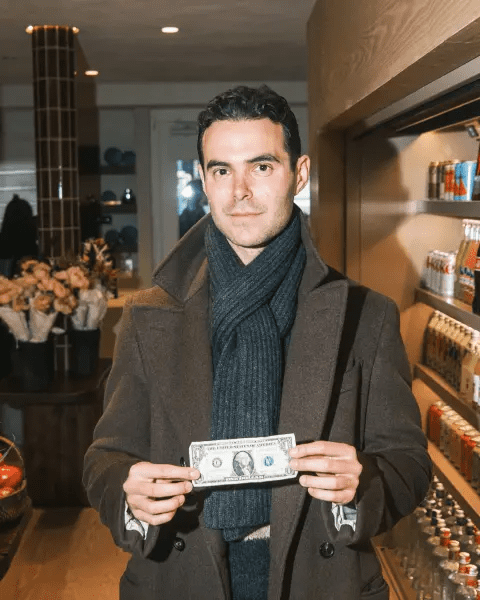
Yet, as the sun dipped low and the line morphed into a twilight vigil, the irony hung thick as the scent of fresh-baked sourdough wafting from the ovens. New York, after all, teetered on the brink of its most precarious chapter yet. Mamdani’s upset victory in the November 4 mayoral race—riding a progressive tide of promises to cap luxury builds and expand food pantries—had ignited debates over who the city was for anymore. SNAP rolls had swelled to 1.8 million households, a 7 percent uptick from 2024, while bodega owners decried wholesale inflation that had jacked up staples like rice 15 percent. In this pressure cooker, Meadow Lane emerged as both symptom and salve: a glittering outlier where $10 sea salt—twice the price of its supermarket twin—drew oohs and aahs, even as reports from the city’s Food Policy Council warned of 300,000 New Yorkers one missed paycheck from hunger’s edge. Mary Laitan, 26, a marketing consultant from SoHo who snagged a spot mid-line around noon, captured the cognitive dissonance with disarming candor. “If you asked me to buy a sweater for $150, no—but if you asked me to spend $150 on snacks, absolutely,” she laughed, her arms wrapped around a $74 matcha tin that could brew lattes for a month’s worth of sunrise flows. Mary’s indulgence, she insisted, wasn’t tone-deaf; it was tactical, a splurge that fueled her freelance hustle, where one viral campaign could eclipse a dozen grocery runs.
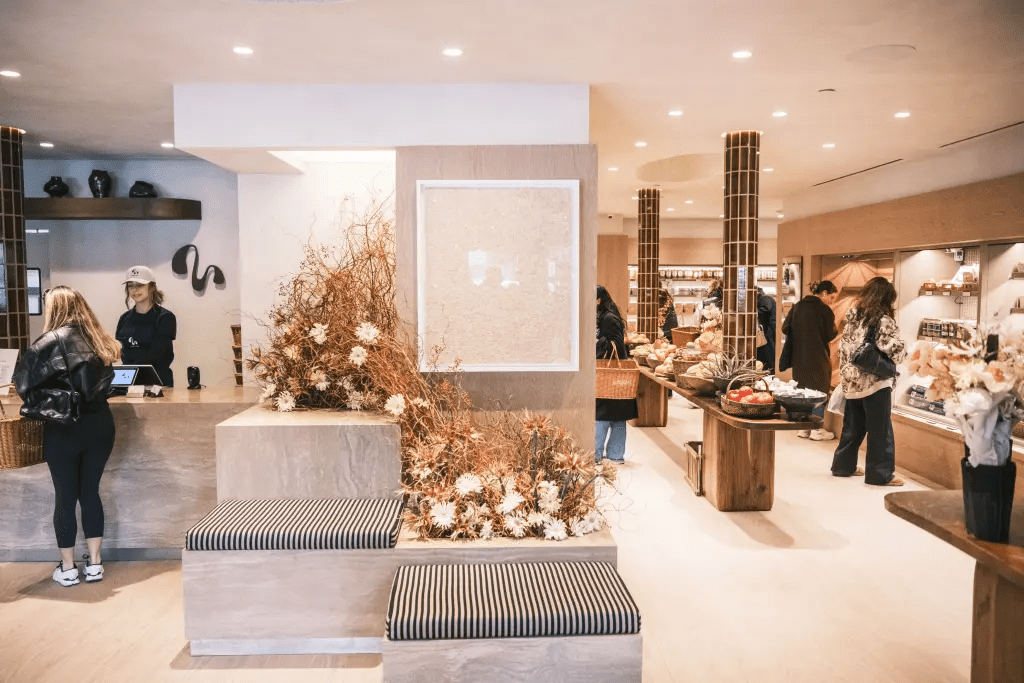
Nussdorf, fielding a barrage of post-opening queries from his 1.2 million followers, leaned into the nuance with the poise of someone who’d anticipated the backlash. “We’re not trying to be Erewhon East,” he posted that evening, a clip of him restocking $24 salmon bowls racking up 500,000 views by midnight. “It’s about curation—finding that sweet spot where luxury meets life.” Comparisons to the LA wellness mecca were inevitable, from the $20 adaptogen elixirs to the influencer-fueled frenzy, but Meadow Lane carved its niche with East Coast edge: Hamptons-inspired farm stands inside, a nod to Round Swamp Farm’s rustic allure, blended with TriBeCa’s polished pulse. By closing time at 8 p.m., the store had tallied its soft-launch success—sold-out shelves of bone broth and nuggets, a waitlist for private cooking classes, and buzz that spilled into national headlines. Customers trickled out glowing, totes swinging like trophies, their faces alight with the afterglow of a day spent chasing flavor over frugality.

In the quiet hours after, as Greenwich Street emptied and the city’s neon flickered to life, Meadow Lane stood as a mirror to the soul of modern New York—a place where aspiration and austerity collide in the checkout line, where the thrill of the hunt for $12 grapes outshines the sting of the receipt. For Nussdorf, it was validation of a dream stitched from pixels and passion; for his devotees, a fleeting feast amid the feast-or-famine rhythm of urban survival. As November’s frost deepened and Mamdani’s equity agenda took shape, one truth lingered like the aroma of simmering soups: in a city that never sleeps on its dreams, even the wallet’s whisper can’t silence the roar of desire. Meadow Lane wasn’t just a grocery; it was a gathering, a testament to resilience wrapped in ribbon, proving that in the heart of the hustle, New Yorkers will always line up—for the food, the fantasy, and the fierce belief that tomorrow’s indulgences might just make today worthwhile.



